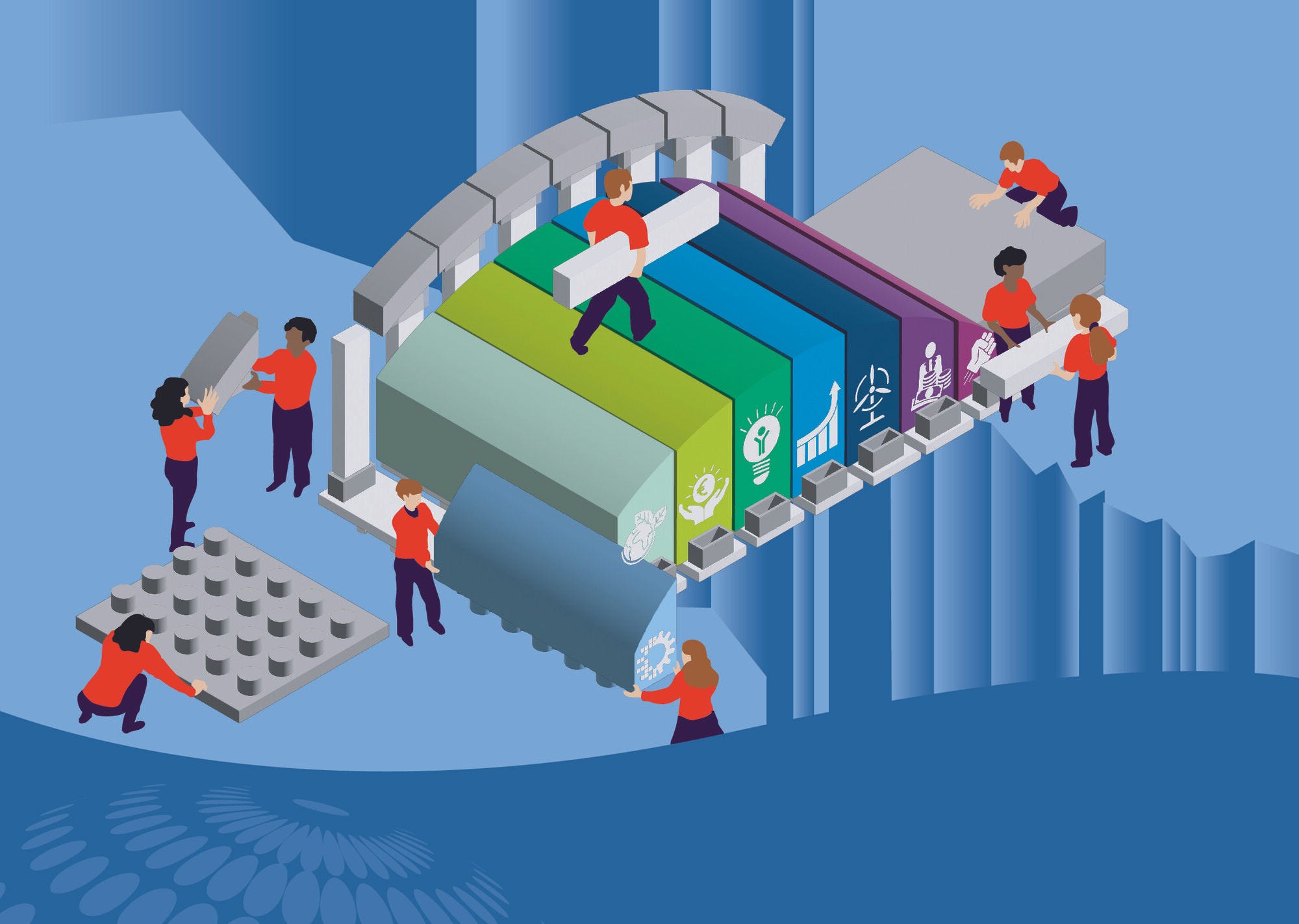Argentina has embarked in a series of regulatory reforms to improve the quality of its regulatory framework. High-quality regulations can protect consumers and the environment without becoming burdensome for citizens and businesses. The OECD Review of Regulatory Policy in Argentina provides information on the policies, institutions, and tools employed by the Argentinian government to design, implement and enforce high-quality regulations. These include administrative simplification policies, ex ante and ex post evaluation of regulations, stakeholder engagement practices, and multi-level regulatory governance arrangements. The review offers policy recommendations based on best international practices to strengthen the government’s capacity to manage regulatory policy.
Regulatory Policy in Argentina

Abstract
Executive Summary
The objective of regulatory policy is to ensure that regulations and regulatory frameworks work in the public interest. Argentina is currently putting in place a framework for an effective, whole-of-government regulatory policy.
The OECD Review of Regulatory Policy in Argentina describes how the Argentinian government designs, implements and enforces regulations. It discusses policies for administrative simplification, ex ante and ex post evaluation of regulations, stakeholder engagement practices and multilevel regulatory governance, among others. The review identifies policy recommendations based on best international practices and peer assessment to strengthen the government’s capacity to manage regulatory policy.
Key findings
Argentina has published several legal instruments to promote the use of regulatory management tools, such as ex ante assessment of draft regulation and stakeholder engagement. It has also put in place practices that support a high-quality regulatory framework, such as oversight on legal quality and the use of information and communication technology (ICT) tools for internal government processes.
Regulatory quality is not the responsibility of a single ministry or agency in Argentina. Efforts to put regulatory policy into effect are spread among three bodies without defined oversight mechanisms, except for focused legal scrutiny.
Argentina has established several components of ex ante assessment of draft regulation: legal scrutiny, technical analysis, cost-benefit analysis. However, they are not integrated in a standardised procedure, and cost-benefit analysis is only at the stage of early introduction.
Argentina has established the legal foundations and tools to promote stakeholder engagement in the preparation of draft regulations. Nevertheless, there is no consistency or supervision in their application.
Argentina has an active policy to make extensive use of ICT to make government processes completely electronic and paperless. In order to ensure these policies supporting good regulatory policy, it will be essential to clearly distinguish between procedures inside government offices and agencies (internal processes, communications, interactions) and formalities that citizens and business are obliged to submit (request of permits or licenses).
Argentina has achieved significant progress in making all government processes electronic. More progress could be achieved in reducing burdens on citizens and businesses by simplifying formalities.
Argentina has not yet developed a strategy to support subnational levels of government in improving regulatory quality. Co-ordination between the national and the subnational levels of government is carried out on a case-by-case basis. Nonetheless, an ambitious effort to support the digitisation of internal administrative procedures in subnational governments is in place.
Subnational levels of government are starting to take steps to adopt regulatory management tools such as assessing the impact of regulation or engaging with stakeholders. In addition, administrative simplification, especially through digitisation, is being carried out as a means to improve and streamline the delivery of public services to citizens.
Key recommendations
Argentina should aspire to have an articulated and full-fledged regulatory policy bringing together institutions, public policies and government actions to improve regulatory quality into a single coherent framework.
As part of this policy, Argentina should establish a regulatory policy group, in which the current agencies and offices with responsibilities for the promotion of regulatory quality are included. Argentina should seek to grant legal status and a legal mandate to the regulatory policy group.
Argentina should establish a well-defined and transparent co-ordination mechanism for the members of the regulatory policy group.
Argentina should define the regulatory tools and practices that are priorities of its regulatory policy in order to make them compulsory for the national public administration.
Argentina should strive for a full-fledged system of ex ante evaluation of draft regulation through the application of regulatory impact assessment (RIA). The main goal of the RIA system will be to create a culture within the Argentinian government whereby evidence informs policy decisions.
The RIA system should bring together the existing elements of ex ante assessment – legal scrutiny and technical analysis – and add cost-benefit analysis.
The RIA process should include provision for the consultation of draft regulation with stakeholders in a systematic manner.
As part of consultation, regulators and agencies should have the obligation to inform stakeholders which comments will be used to amend the draft regulation, and which ones will be discarded, and the reasons why.
The websites www.argentina.gob.arg and tramitesadistancia.gob.ar should have consistent information and include all the information on formalities for citizens and businesses of the central government.
Argentina should define and implement a comprehensive administrative simplification strategy for citizen and business formalities, drawing on the experience gained so far in the e-government process, through the programme of Remotely Conducted Administrative Procedures (Trámites a Distancia) and by the Ministry of Production and Labour in reducing the cost of regulation.
The strategy should have targets for reducing the administrative burdens on citizens and businesses and should establish priority sectors for reduction, depending on the most complex or cumbersome regulatory areas for citizens and businesses.
The regulatory policy group should develop and implement governance arrangements coupled with incentives to co-ordinate with and support subnational levels of government. Such mechanisms should be designed to help local levels of government define their own regulatory strategies, while implementing national objectives. These arrangements should be part of the full-fledged regulatory policy recommended above.
Subnational governments in Argentina should continue to develop systematised and permanent policies and practices to improve the quality of their regulations.
In the same series
Related publications
-
 21 November 2024
21 November 2024 -
 Policy paper19 November 2024
Policy paper19 November 2024










